UPDATE [11 July 2024] This post, first published on 13 June, has been edited. See the addition under the Methodology heading below. We’re not putting too much weight on its claims now we have looked at the methodology involved. For years, I’ve been worried that professional valuers in New Zealand might not properly account for the superior performance of a …
A new conversation about housing in New Zealand
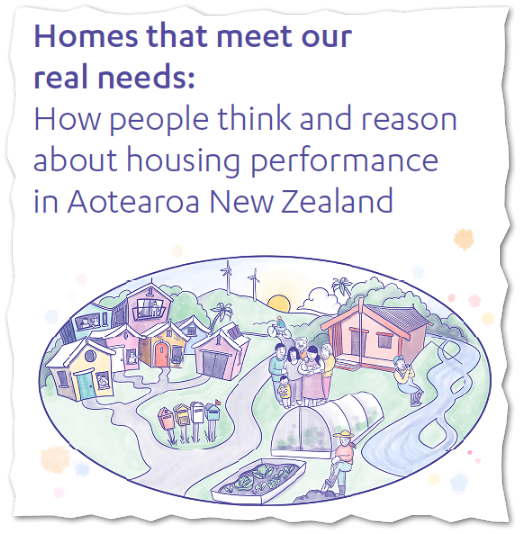
If you’re in the business of designing, building or advocating for better buildings in New Zealand, you need to read “Homes that meet our real needs“, a BRANZ report written by The Workshop. It’s a deep dive into how New Zealanders think and talk about their homes. Some of the insights will be familiar to those of us who have …
Stay dry: how to prevent moisture-related problems in construction

This half-day workshop is offered on 30 July 2025, immediately prior to the PHINZ hui in Christchurch. It’s designed for architects, Passive House designers and tradespeople and its practical focus will equip people with the knowledge they need to safely design and build building envelopes—from Building Code-minimum to high-performance. Condensation and mould are not just problems in tired, old housing …
NZ homes are still cold, damp and unhealthy
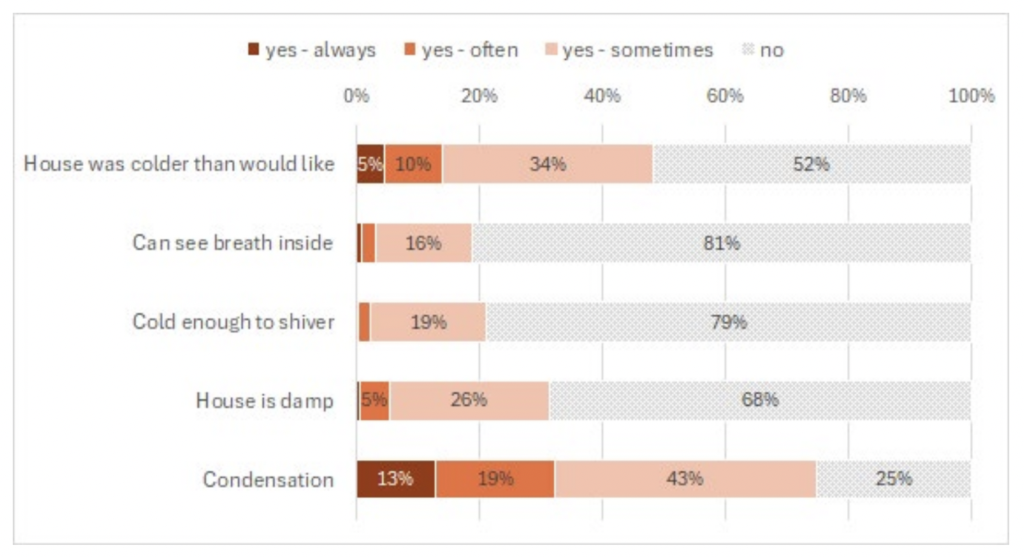
New Zealand homes are slightly less cold in winter compared to 20 years ago. More New Zealanders appear to be heating at least some bedrooms, some of the time, to some extent. That’s the good news in the preliminary results from the HEEP2 study. It’s faint good news, given other findings. About a fifth of those surveyed said they could …
Useful advice on avoiding household mould

The prevalence of mould in New Zealand houses is a disgrace but it’s also not unique, as this American paper in the latest ASHRAE journal makes clear. The author claims about a third of older and newer single-family homes in the US north-west have visible mould, as these images graphically show. The article outlines causes but also proposes solutions, with …
Architects get hands on

I love it when architects are genuinely curious about construction, even more when they get hands on. Auckland architects Sophie Hermann and Julie Chrystall signed up for two days of installer training at Pro Clima’s training hub and were also onsite for the blower door testing at Seaward House in Auckland. That was Space Division’s first Passive House build. “We …
The underlay dilemma: getting it right under your metal roof
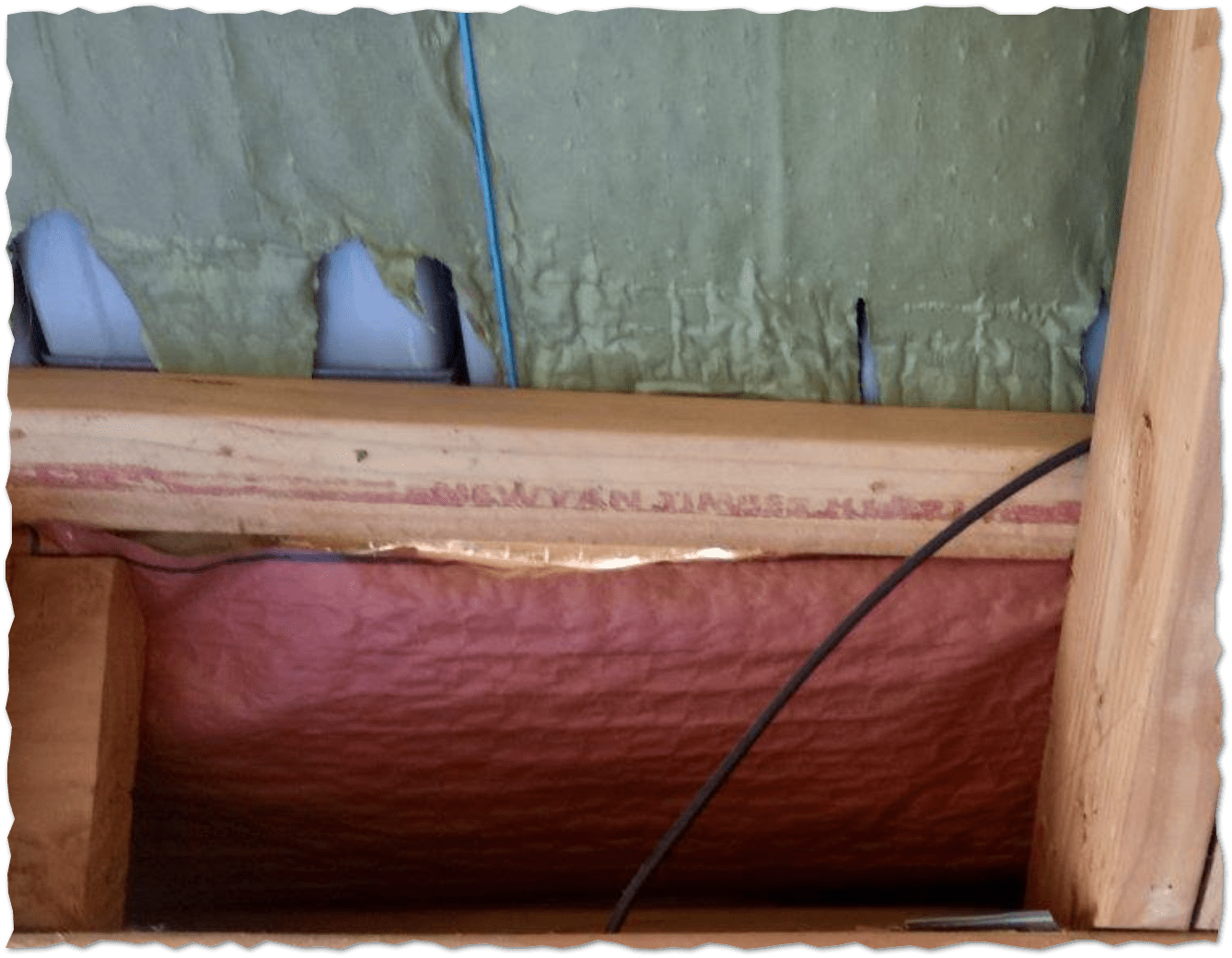
When it comes to constructing or renovating a roof with metal cladding in New Zealand, one crucial component often overlooked until problems arise is the underlay. An awesome overview document from metal roofing manufacturers (published in 2011) titled “The Underlay Dilemma” highlights the critical role underlays play in the long-term performance and durability of your roof. I especially loved the …
Air sealing with sealant and backing rod: yes, you need both
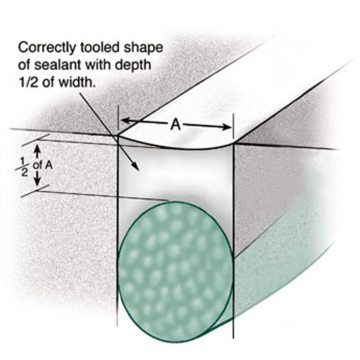
When it comes to keeping our buildings weathertight and preventing unwanted airflow, the humble air seal plays a vital role. The duo of sealant and backing rod are one option to achieving this around windows and doors. But how do they work together, and why bother with both? One of the primary reasons we meticulously install an air seal is …
The path to decarbonisation for the aged care sector
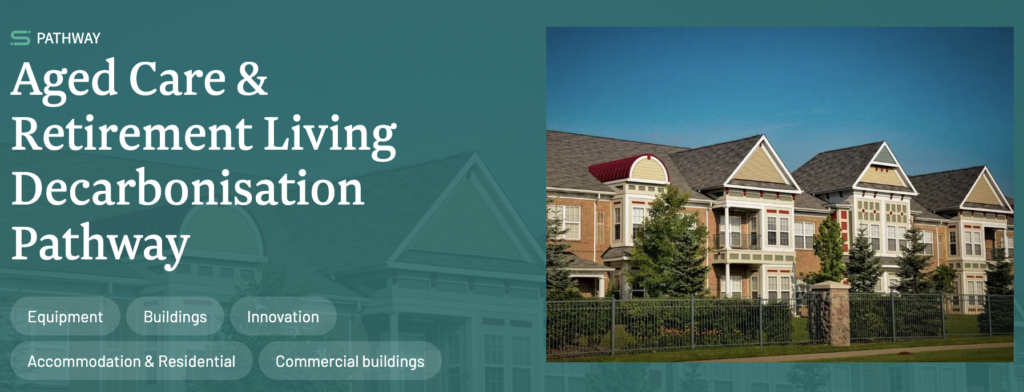
EECA, the Energy Efficiency and Conservation Authority, launched a valuable resource in 2023 to support the aged care and retirement living sector on its decarbonisation journey. The suite of tools and resources, developed with input from the sector, aims to help reduce emissions across the sector. We’ve worked with several retirement community providers in the past and I wish these …
